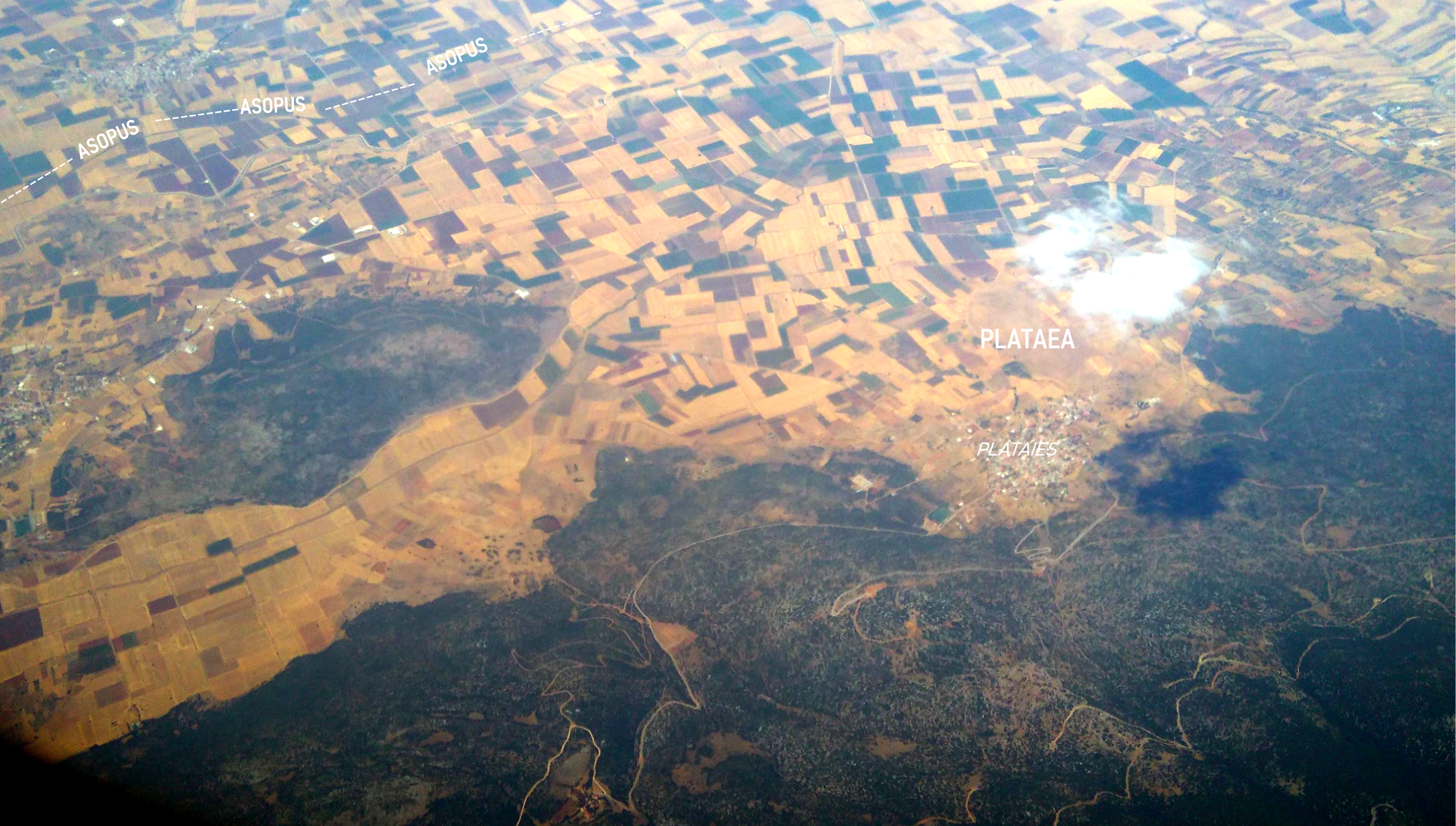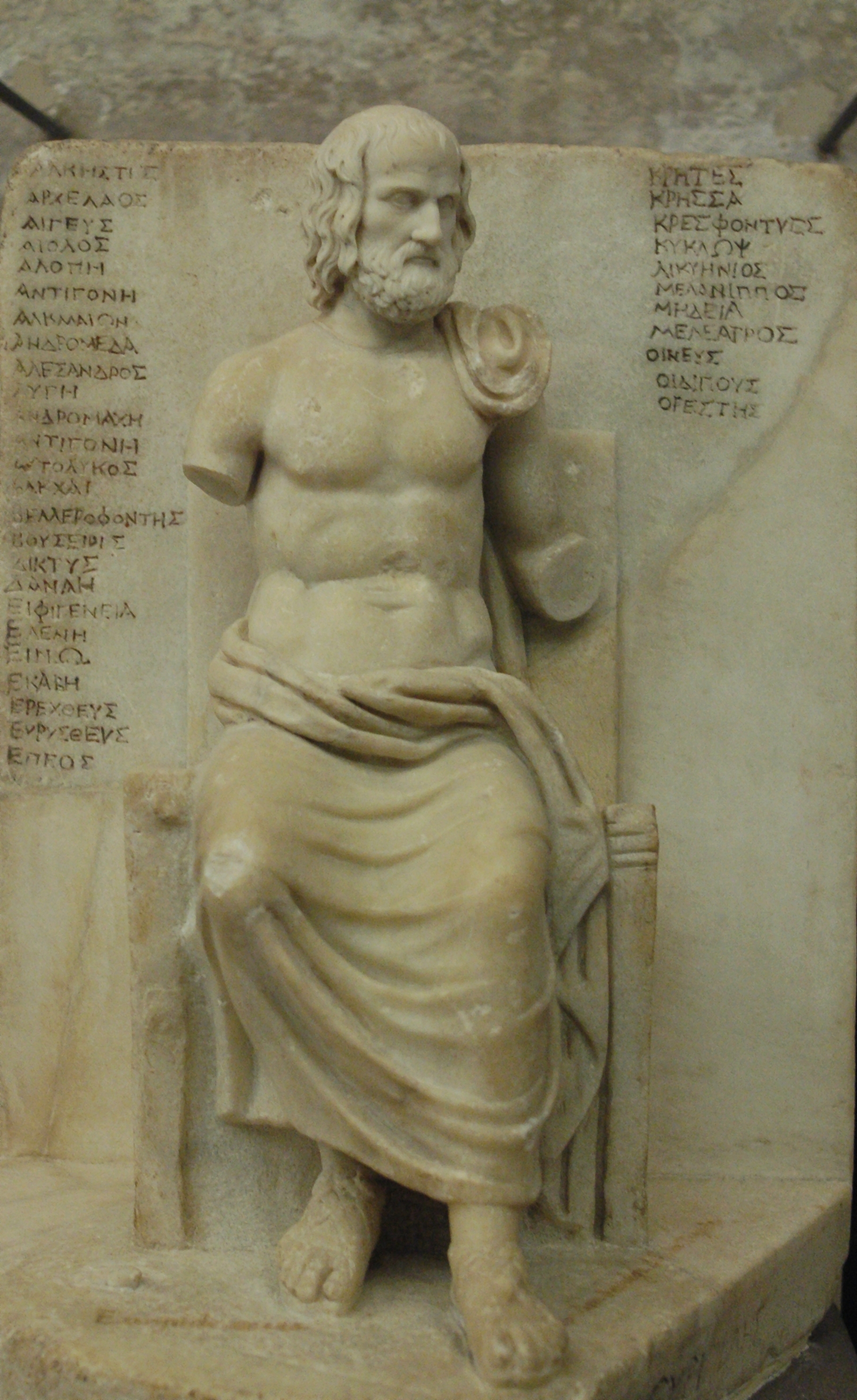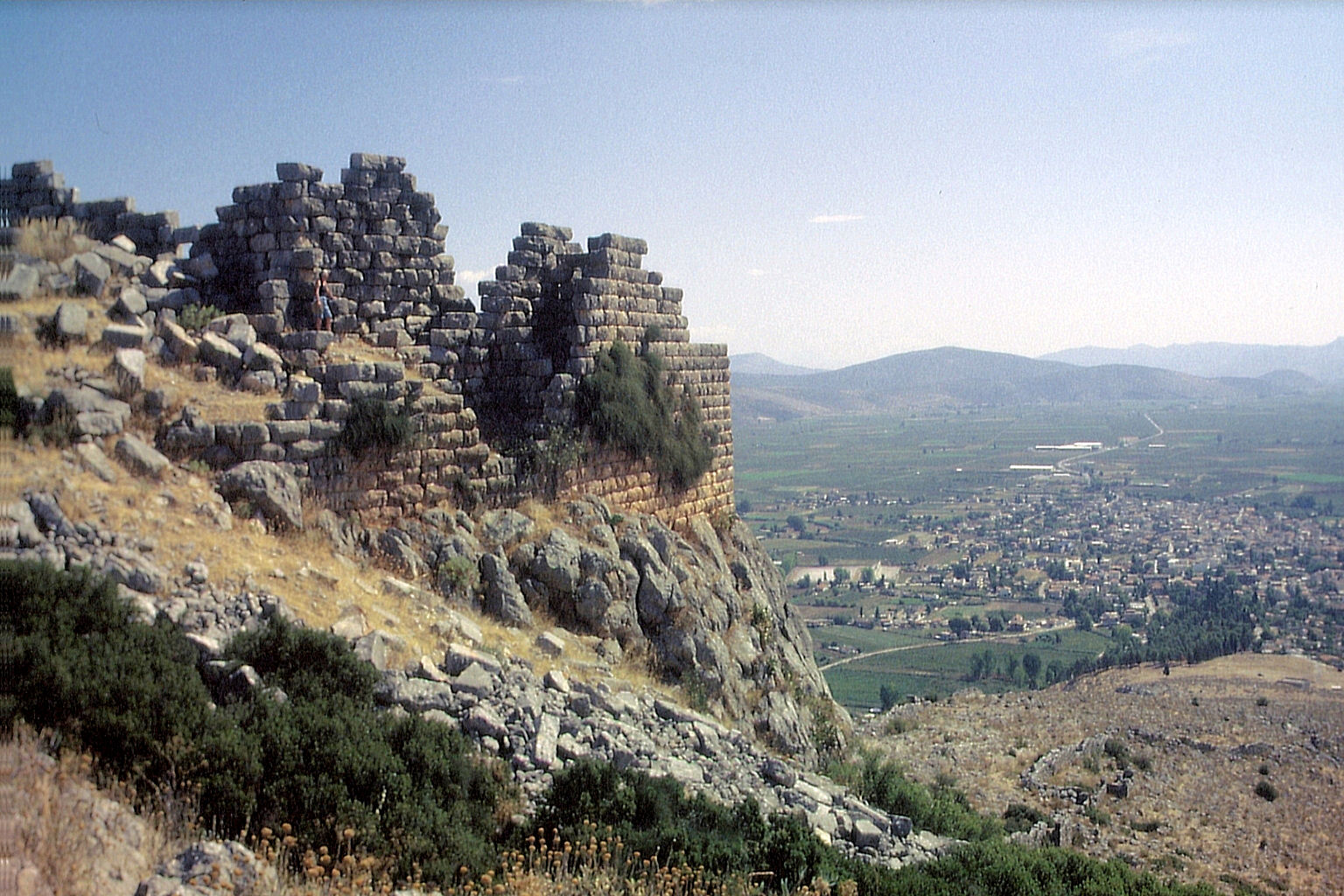|
Actaeon (horse)
In Greek mythology, Actaeon (; ''Aktaiōn'') was the son of the priestly herdsman Aristaeus and Autonoe in Boeotia, and a famous Theban hero. Through his mother he was a member of the ruling House of Cadmus. Like Achilles, in a later generation, he was trained by the centaur Chiron. He fell to the fatal wrath of Artemis (later his myth was attached to her Roman counterpart Diana), but the surviving details of his transgression vary: "the only certainty is in what Aktaion suffered, his pathos, and what Artemis did: the hunter became the hunted; he was transformed into a stag, and his raging hounds, struck with a 'wolf's frenzy' (Lyssa), tore him apart as they would a stag." The many depictions both in ancient art and in the Renaissance and post-Renaissance art normally show either the moment of transgression and transformation, or his death by his own hounds. Story Among others, John Heath has observed, "The unalterable kernel of the tale was a hunter's transformation into ... [...More Info...] [...Related Items...] OR: [Wikipedia] [Google] [Baidu] |
Titian - Diana And Actaeon - Google Art Project
Tiziano Vecellio (; 27 August 1576), Latinized as Titianus, hence known in English as Titian ( ), was an Italian Renaissance painter, the most important artist of Renaissance Venetian painting. He was born in Pieve di Cadore, near Belluno. Titian was one of the most versatile of Italian painters, equally adept with portraits, landscape backgrounds, and mythological and religious subjects. His painting methods, particularly in the application and use of colour, exerted a profound influence not only on painters of the late Italian Renaissance, but on future generations of Western artists. His career was successful from the start, and he became sought after by patrons, initially from Venice and its possessions, then joined by the north Italian princes, and finally the Habsburgs and the papacy. Along with Giorgione, he is considered a founder of the Venetian school of Italian Renaissance painting. In 1590, the painter and art theorist Giovanni Paolo Lomazzo described Titian as "t ... [...More Info...] [...Related Items...] OR: [Wikipedia] [Google] [Baidu] |
Walter Burkert
Walter Burkert (; 2 February 1931 – 11 March 2015) was a German scholar of Greek mythology and cult. A professor of classics at the University of Zurich, Switzerland, he taught in the UK and the US. He has influenced generations of students of religion since the 1960s, combining in the modern way the findings of archaeology and epigraphy with the work of poets, historians, and philosophers. He was a member of both the American Philosophical Society and the American Academy of Arts and Sciences. He published books on the balance between lore and science among the followers of Pythagoras, and more extensively on ritual and archaic cult survival, on the ritual killing at the heart of religion, on mystery religions, and on the reception in the Hellenic world of Near Eastern and Persian culture, which sets Greek religion in its wider Aegean and Near Eastern context. Personal life Burkert was born in Neuendettelsau. He married Maria Bosch in 1957 and they had three childr ... [...More Info...] [...Related Items...] OR: [Wikipedia] [Google] [Baidu] |
Catalogue Of Women
The ''Catalogue of Women'' ()—also known as the ''Ehoiai '' (, )The Latin transliterations ''Eoeae'' and ''Ehoeae'' are also used (e.g. , ); see Catalogue of Women#Title and the ē' hoiē-formula, Title and the ''ē' hoiē''-formula, below. Though rare, ''Mulierum Catalogus'', the Latin translation of , might also be encountered (e.g. ). The work is commonly cited by the abbreviations ''Cat''., ''CW'' (occasionally ''HCW'') or ''GK'' (= ''Gynaikon Katalogos'').—is a Lost literary work, fragmentary Ancient Greek literature, Greek Epic poetry, epic poem that was attributed to Hesiod during antiquity. The "women" of the title were in fact heroines, many of whom lay with gods, bearing the heroes of Greek mythology to both divine and mortal paramours. In contrast with the focus upon narrative in the Homeric ''Iliad'' and ''Odyssey'', the ''Catalogue'' was structured around a vast system of genealogy, genealogies stemming from these unions and, in Martin Litchfield West, M. L. West' ... [...More Info...] [...Related Items...] OR: [Wikipedia] [Google] [Baidu] |
Jean Mignon - The Transformation Of Actaeon - Google Art Project
Jean may refer to: People * Jean (female given name) * Jean (male given name) * Jean (surname) Fictional characters * Jean Grey, a Marvel Comics character * Jean Valjean, fictional character in novel ''Les Misérables'' and its adaptations * Jean Pierre Polnareff, a fictional character from ''JoJo's Bizarre Adventure'' * Jean Luc Picard, fictional character from ''Star Trek Next Generation'' Places * Jean, Nevada, United States; a town * Jean, Oregon, United States Entertainment * Jean (dog), a female collie in silent films * "Jean" (song) (1969), by Rod McKuen, also recorded by Oliver * ''Jean Seberg'' (musical), a 1983 musical by Marvin Hamlisch Other uses * JEAN (programming language) * USS ''Jean'' (ID-1308), American cargo ship c. 1918 * Sternwheeler Jean, a 1938 paddleboat of the Willamette River See also *Jehan * * Gene (other) * Jeanne (other) * Jehanne (other) * Jeans (other) * John (other) * Valjean (other) ... [...More Info...] [...Related Items...] OR: [Wikipedia] [Google] [Baidu] |
Deer (mythology)
Deer have significant roles in the mythology of various peoples located all over the world, such as object of worship, the incarnation of deities, the object of heroic quests and deeds, or as magical disguise or enchantment/curse for princesses and princes in many folk and fairy tales. The deer also symbolizes a connection to the supernatural, the Otherworld, or the fairy realm, e.g., being a messenger or an entity's familiar. In folk and fairy tales A deer or a doe (female deer) usually appears in fairy tales as the form of a princess who has been enchanted by a malevolent fairy or witch, such as '' The White Doe'' (French fairy tale) and ''The Enchanted Deer'' (Scottish fairy tale), or a transformation curse a male character falls under. Sometimes, it represents a disguise a prince dons to escape or to achieve a goal, e.g., What the Rose did to the Cypress (Persian fairy tale). Tale types that include a transformation into deer or hind are ATU 401, "The Princess Transformed ... [...More Info...] [...Related Items...] OR: [Wikipedia] [Google] [Baidu] |
Taboo
A taboo is a social group's ban, prohibition or avoidance of something (usually an utterance or behavior) based on the group's sense that it is excessively repulsive, offensive, sacred or allowed only for certain people.''Encyclopædia Britannica Online''.Taboo. Encyclopædia Britannica Inc., 2012. Retrieved 21 Mar. 2012 Such prohibitions are present in virtually all societies. Taboos may be prohibited explicitly, for example within a legal system or religion, or implicitly, for example by social norms or conventions followed by a particular culture or organization. Taboos are often meant to protect the individual, but there are other reasons for their development. An ecological or medical background is apparent in many, including some that are seen as religious or spiritual in origin. Taboos can help use a resource more efficiently, but when applied to only a subsection of the community they can also serve to suppress said subsection of the community. A taboo acknowledged by a ... [...More Info...] [...Related Items...] OR: [Wikipedia] [Google] [Baidu] |
Plataea
Plataea (; , ''Plátaia'') was an ancient Greek city-state situated in Boeotia near the frontier with Attica at the foot of Mt. Cithaeron, between the mountain and the river Asopus, which divided its territory from that of Thebes. Its inhabitants were known as the ''Plataeans'' (; ''Plataiaí'', ). It was the location of the Battle of Plataea in 479 BC, in which an alliance of Greek city-states defeated the Persians. Plataea was destroyed and rebuilt several times during the Classical period of ancient Greece. The modern Greek town of Plataies is adjacent to its ruins. Early history Plataea was settled during the Bronze Age. (It was mentioned in Homer in the ''Iliad'' as among the other Boeotian cities). Local tradition, as related by the geographer Pausanias, was that its people were "sprung from the soil" (autochthonous, or indigenous). Its name is that of the daughter of an ancient king, Asopus, for whom the nearby river is named. According to the ancient ... [...More Info...] [...Related Items...] OR: [Wikipedia] [Google] [Baidu] |
Bacchae
''The Bacchae'' (; , ''Bakkhai''; also known as ''The Bacchantes'' ) is an ancient Greek tragedy, written by the Athenian playwright Euripides during his final years in Macedonia, at the court of Archelaus I of Macedon. It premiered posthumously at the Theatre of Dionysus in 405 BC as part of a tetralogy that also included '' Iphigeneia at Aulis'' and '' Alcmaeon in Corinth'', and which Euripides' son or nephew is assumed to have directed. It won first prize in the City Dionysia festival competition. The tragedy recounts the Greek myth of King Pentheus of Thebes and his mother Agave, who were punished by the god Dionysus (who is Pentheus's cousin) for rejecting his cult. The play opens with Dionysus proclaiming that he has arrived in Thebes with his votaries to avenge the slander, repeated by his aunts, that he is not the son of Zeus. Disguised as a foreign holy man, the god intends to introduce Dionysian rites into the city, but the Thebans reject his divinity and ki ... [...More Info...] [...Related Items...] OR: [Wikipedia] [Google] [Baidu] |
Euripides
Euripides () was a Greek tragedy, tragedian of classical Athens. Along with Aeschylus and Sophocles, he is one of the three ancient Greek tragedians for whom any plays have survived in full. Some ancient scholars attributed ninety-five plays to him, but the ''Suda'' says it was ninety-two at most. Of these, eighteen or nineteen have survived more or less complete (''Rhesus (play), Rhesus'' is suspect). There are many fragments (some substantial) of most of his other plays. More of his plays have survived intact than those of Aeschylus and Sophocles together, partly because his popularity grew as theirs declinedMoses Hadas, ''Ten Plays by Euripides'', Bantam Classic (2006), Introduction, p. ixhe became, in the Hellenistic Age, a cornerstone of ancient literary education, along with Homer, Demosthenes, and Menander.L.P.E.Parker, ''Euripides: Alcestis'', Oxford University Press (2007), Introduction p. lx Euripides is identified with theatrical innovations that have profoundly influ ... [...More Info...] [...Related Items...] OR: [Wikipedia] [Google] [Baidu] |
Orchomenus (Boeotia)
Orchomenus ( ''Orchomenos''), the setting for many early Greek mythology, Greek myths, is best known today as a rich archaeological site in Boeotia, Greece, that was inhabited from the Neolithic through the Hellenistic periods. It is often referred to as "Minyans, Minyan Orchomenus", to distinguish it from a later Orchomenus (Arcadia), city of the same name in Arcadia (region), Arcadia. Ancient history According to the founding myth of Orchomenos, its royal dynasty was established by the Minyans, who had followed their eponymous leader Minyas (mythology), Minyas from coastal Thessaly to settle the site. In the Bronze Age, during the fourteenth and thirteenth centuries BC, Orchomenos became a rich and important centre of civilisation in Mycenaean Greece and a rival to Thebes, Greece, Thebes. The palace with its frescoed walls and the great beehive tomb show the power of Orchomenos in Mycenaean Greece. A massive hydraulic undertaking drained the marshes of Lake Copais, Lake Kopa ... [...More Info...] [...Related Items...] OR: [Wikipedia] [Google] [Baidu] |
Cithaeron
Cithaeron or Kithairon (Κιθαιρών, -ῶνος) is a mountain and mountain range about sixteen kilometres (ten miles) long in Central Greece (geographic region), Central Greece. The range is the physical boundary between Boeotia region in the north and Attica region in the south. It is mainly composed of limestone and rises to . The north-east side of the range is formed by the mountain Pastra (mountain), Pastra. The range was the scene of many events in Greek mythology and was especially sacred to Dionysus. In Euripides' ''Bacchae'', Dionysus carries out his dances and rites with his bacchants, his priestesses, on Cithaeron. Oedipus was exposed on the mountain, while Actaeon and Pentheus were both dismembered on its slopes. It was also the place where Heracles or Alcathous of Elis, Alcathous hunted and killed the Lion of Cithaeron. In historic times, the mountain acted as a backdrop to the Battle of Plataea of 479 BC and was the scene of much skirmishing before the battle ... [...More Info...] [...Related Items...] OR: [Wikipedia] [Google] [Baidu] |
Callimachus
Callimachus (; ; ) was an ancient Greek poet, scholar, and librarian who was active in Alexandria during the 3rd century BC. A representative of Ancient Greek literature of the Hellenistic period, he wrote over 800 literary works, most of which do not survive, in a wide variety of genres. He espoused an aesthetic philosophy, known as Callimacheanism, which exerted a strong influence on the poets of the Roman Empire and, through them, on all subsequent Western canon, Western literature. Born into a prominent family in the Greek city of Cyrene, Libya, Cyrene in modern-day Libya, he was educated in Alexandria, the capital of the Ptolemaic dynasty, Ptolemaic kings of Egypt. After working as a schoolteacher in the city, he came under the patronage of King Ptolemy II Philadelphus and was employed at the Library of Alexandria where he compiled the ''Pinakes'', a comprehensive catalogue of all Greek literature. He is believed to have lived into the reign of Ptolemy III Euergetes. Altho ... [...More Info...] [...Related Items...] OR: [Wikipedia] [Google] [Baidu] |









